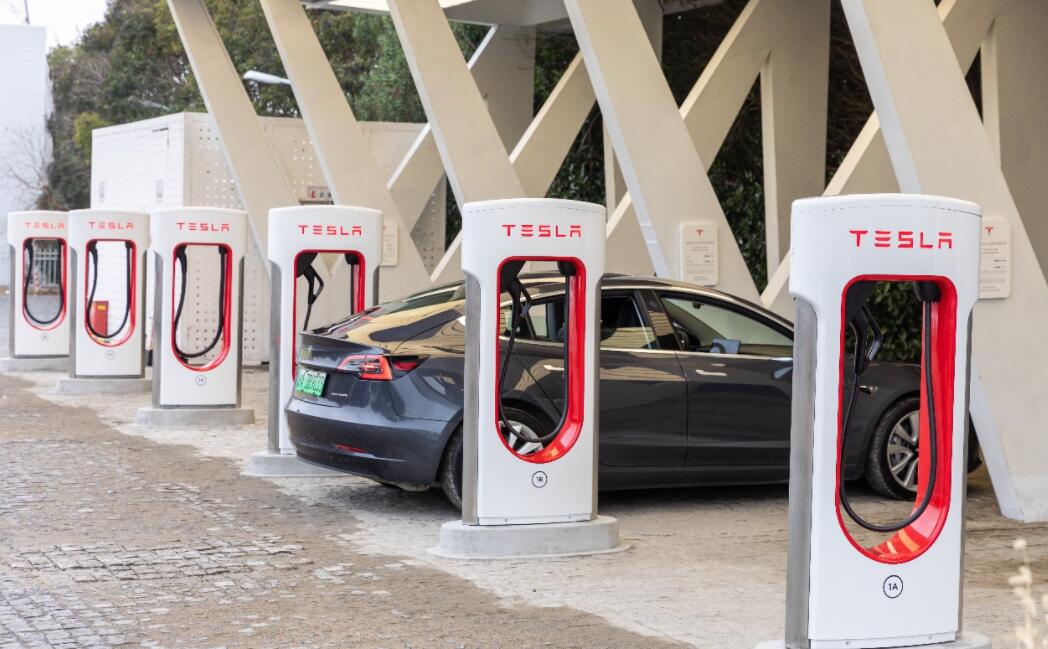While Tesla has been rapidly building its charging infrastructure in China, it hasn't been heavily publicized.
This past weekend, Tesla put two new V3 Supercharger stations into operation in the central Chinese cities of Yichang in Hubei and Pingdingshan in Henan province.
The last time we saw Tesla announce infrastructure progress was when it built a new Supercharger station in light-rich Lhasa on June 23, making clever use of solar power and storage systems for efficient recycling of clean energy.
At these two new V3 Supercharger stations, Tesla offers state-of-the-art V3 charging piles. The Pingdingshan Supercharger Station offers six charging piles and Yichang has 12.
(Tesla Superchargers in Pingdingshan)
These V3 charging piles feature a new supercharging architecture, new liquid-cooled wires for lighter charging equipment and more efficient heat dissipation.
The V3 charger can support up to 250kW of peak charging power, more than doubling its performance compared to the V2 supercharging pile, and can replenish up to 250km of range in 15 minutes of charging.
The Pingdingshan Tesla V3 Supercharger station is the 27th in Henan Province. Currently, Tesla has more than 200 Superchargers, 9 destination charging stations and 24 destination charging piles in Henan.
In Hubei, Tesla has 19 Supercharger stations with 161 charging piles, and has also opened 15 destination charging stations with 52 charging piles.
(Tesla Superchargers in Yichang)
In fact, just this past June, Tesla opened 27 new Supercharger stations, offering 166 charging piles.
To date, Tesla has opened more than 870 Supercharger stations in China with more than 6,700 charging piles, and more than 700 destination charging stations with more than 1,700 charging piles.
Become A CnEVPost Member
Become a member of CnEVPost for an ad-free reading experience and support us in producing more quality content.
Already a member? Sign in here.


